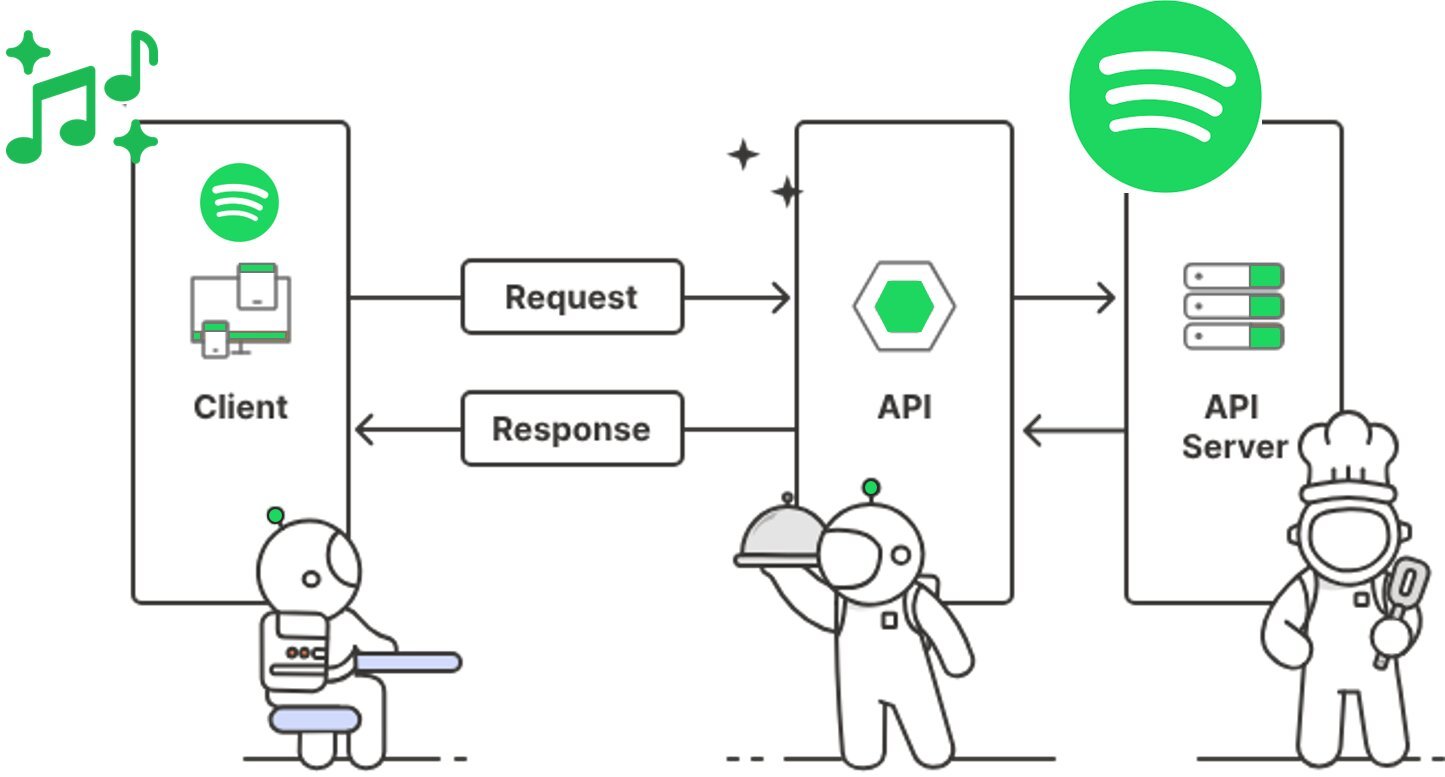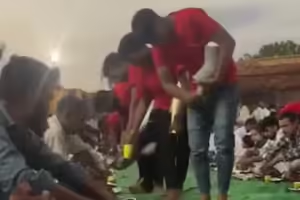Chhath Puja 2024: What Is Kharna Or Lohanda? Significance, Rituals And Muhurat

The ‘Kharna’ ritual, marking the second day of Chhath Puja, involves devotees observing a stringent fast from dawn till dusk and preparing traditional dishes such as kheer to present as Prasad to Surya Dev.
The four-day Hindu festival known as Chhath Puja is dedicated to worshipping Lord Surya (the Sun God) and Chhathi Maiya. Predominantly celebrated in Bihar, Jharkhand, eastern Uttar Pradesh, West Bengal, and Odisha, this festival entails devotees observing fasts and conducting rituals to seek blessings for the well-being, prosperity, and longevity of their families.
Chhathi Maiya, considered to be Surya’s sister and Brahma’s daughter, is thought to grant children health and long life when worshipped by followers.
Commencing the festival is “Nahay Khay,” a purifying day during which followers ready themselves for the fasting period by partaking in a humble meal.
Following the religious practice of “Kharna,” adherents observe a day-long fast, concluding it post sundown with special offerings. In 2024, Kharna will be observed on November 6th. On this day, sunrise is set for 06:37 AM, and sunset will occur at 05:32 PM.
Among the prominent ceremonies are the “Sandhya Arghya” (offerings at dusk) and “Usha Arghya” (offerings at dawn to the ascending sun), carried out by wading into water to offer devotions.
Chhath Puja is scheduled to take place from November 5 to November 8 in the year 2024, with the main rituals expected to be observed on November 7 and 8.
Kharna or Lohanda: An Overview
Vratis, devotees observing Chhath Puja, engage in the tradition of Kharna or Lohanda on the second day, enduring a strict day-long fast without consuming any food or water from dawn till dusk.
Vratis observe this rapid as a cleansing ritual, seeking the Sun God and Chhathi Maiya’s blessings for good health and abundance.
A rice pudding known as Rasiya Kheer is meticulously crafted during the Kharna ritual, incorporating ghee, jaggery (also referred to as gud), and arwa chawal (a variety of raw rice) as key ingredients in its preparation.
Following the setting of the sun, the fast is concluded by partaking in Rasiya Kheer. Initially presented as prasad to Chhathi Maiya and Surya Devta, it is subsequently enjoyed with loved ones as a ritualistic practice.
A revered custom during the Chhath Puja celebrations, this gesture symbolizes reverence and appreciation.
Kharna Or Lohanda: Unveiling the Meaning Behind This Ritual of Chhath Puja 2024
Following a day of nirjala fasting, devotees partake in a solitary meal consisting of Rasiya kheer and roti or puri on Kharna or Lohanda, the second day of the Chhath Puja festivities, post sundown.
Preparing for the festival’s upcoming two days, women who fast on Kharna wake up early to gather fruits like Daab Nimbu (sweet lime), Ganna (sugar cane), Sharifa (custard apple), and Singhara (water chestnut) to present as offerings to Chhathi Maiyya and the Sun God.
After bathing, they engage in this activity.
Before embarking on a 36-hour fast, Vratis partake in Rasiya kheer and roti as their last meal following the evening puja. The fasting phase, known as Lohanda, typically extends for eight to twelve hours.
Day 2 of Chhath: Auspicious Time to Celebrate
- The time of sunrise is 6:37 AM.
- The time of sunset is 5:32 PM.
Once the sun sets, it is time to break the fast during Kharna.
The Chhath Puja culminates with the Sandhya Arghya on November 7 and Usha Arghya on November 8, where devotees offer arghya to the setting and rising suns. Women observe a 36-hour fast during this period, abstaining from food and water. As the morning arghya concludes, the Chhath Puja festivities draw to a close.
Day 2 of Chhath Puja 2024: Observing the Rituals
Kharna, also known as Lohanda, is observed on the following day.
Participating families in Chhath Vratis must ensure daily bathing as the festival upholds strict cleanliness and hygiene practices.
On this auspicious day, followers observe a day-long fast and focus on upholding cleanliness both internally and externally. They conclude the day by worshipping the sun god at sunset before retiring.
Devotees rigorously fast all day long during this time, abstaining even from water (nirjala vrat), as they dedicate their hours to preparing the evening offering known as kharna.
Before being shared with family and neighbors, rituals mandate that the deity is presented with Kharna (jaggery, rice, and milk pudding), fruits, and chapati (whole wheat bread).
Following the evening meal, the follower abstains from food and water for 36 hours, breaking the fast at daybreak on the fourth day. The fast commences on the third day after partaking in prasad on the second day.
Day 2 of Chhath Puja 2024: Importance and Meaning
During the Chhath celebration, Kharna, also known as Lohana, holds significant importance, symbolizing purification.
Nahay Khay, occurring on the initial day, is believed to purify the body through bathing and eating, while the subsequent day, known as Kharna, is centered on purifying the mind and soul.
On this day, Vratis observe a rigorous nirjala vrat from sunrise to sunset without consuming water. In the evening, they offer prayers to Chhatthi Maiya. Later, they conclude their fast by relishing Kharna prasad, a sweet delicacy made of arwa chawal and jaggery (gud).














